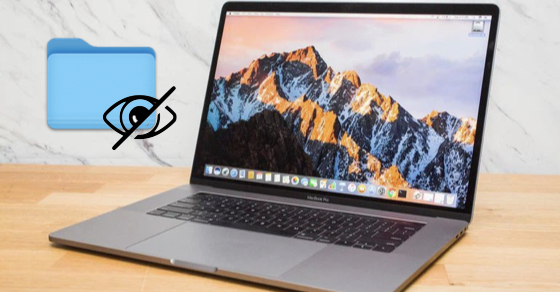Steps to check MacBook temperature
Physical size limitations make it very difficult for manufacturers to equip a complex cooling system in thin, light laptops. Therefore, overheating can occur when the device has to handle high performance tasks continuously for a long time. This not only leads to discomfort during use, but also affects the durability of hardware components over time.
This article will show you how to check the temperature of your MacBook to have an adjustment plan when needed.
Check MacBook Pro Temperature
You can easily check the temperature of your MacBook Pro through the Terminal app. Proceed as follows:
Step 1. Open Terminal on your MacBook Pro.
Step 2. Enter the command: sudo powermetrics --samplers smc |grep -i "CPU die temperature"

Step 3. Enter the device password.
Step 4. Wait for a moment and Terminal will display the current CPU temperature, continuously updated in real time.

(Note: Terminal will continuously update the CPU temperature until you close the application. In particular, this command does not work with Macs running the M1 chip).
How to monitor temperature on Mac?
If you want to monitor the temperature on your Mac regularly and continuously, there is a much simpler and more convenient way than using Terminal commands, which is to use a specialized application called Fanny.
Step 1. Download the Fanny app from the Fanny Widget site. (You just need to download Fanny to your system. This application can work directly on Mac without installation).
Step 2. Launch the application as usual. Fanny will automatically be placed in the Menu Bar.

Step 3. You just need to click the Fanny icon on the Menu Bar to see the current CPU and GPU temperatures.

(Note: Fanny also provides information about the health of the cooling fans in your Mac. This can help you troubleshoot any potential problems.)
Prevent overheating on Mac
If you're worried your Mac is overheating, there are some simple precautions you can take to fix the problem.
- Make sure your Mac has been updated to the latest software version. Apple releases regular firmware updates for macOS. Running on the latest updates is a must for your device to function optimally.
- Avoid using the device in excessively hot places, which is also a contributing factor to overheating.
- Use the device on a stable work surface. This helps to ensure ventilation at the bottom. Avoid placing the device on bed sheets, pillows or blankets when using.
- Do not cover your MacBook with anything that could block the airflow of the cooling fan.
- Use only Apple or an authorized manufacturer's adapter. Avoid using unofficial power adapters that may be unsafe.
- Bring it to the maintenance center, check when you find any abnormal signs with the cooling system on the machine.
You should read it
- Compare MacBook, MacBook Pro and MacBook Air
- MacBook Air 2019 review - beautiful and durable laptop
- Compare MacBook Pro and MacBook Air
- Understand the connection and key presses on the Macbook
- How to check MacBook battery status
- 4 Extremely useful MacBook security tips, did you know?
- Tips for newbies to MacBook
- Apple launched a standalone ad for the MacBook Air
- How will the new MacBook get more upgrades?
- The brand 'MacBook Pro' can be killed
- 3 ways to connect MacBook to TV
- Review Macbook Pro 2019
May be interested

How to find and view saved passwords on Mac

How to take a screenshot of only the Dock on a Mac

4 Things You Need to Know Before Converting to Mac

How does the Universal Control feature on macOS Monterey work?

Steps to Extract PDF Document Pages on Mac with Preview tool

How to hide, view hidden files on MacBook






 How to check the computer's CPU temperature?
How to check the computer's CPU temperature? What is the ideal GPU temperature? How to check GPU temperature?
What is the ideal GPU temperature? How to check GPU temperature? How to use Remote System Monitor on Android to see Windows PC temperature
How to use Remote System Monitor on Android to see Windows PC temperature How to check SSD Macbook M2
How to check SSD Macbook M2 How to check computer CPU temperature with software on Windows 10
How to check computer CPU temperature with software on Windows 10 The most accurate ways to check CPU temperature at home
The most accurate ways to check CPU temperature at home